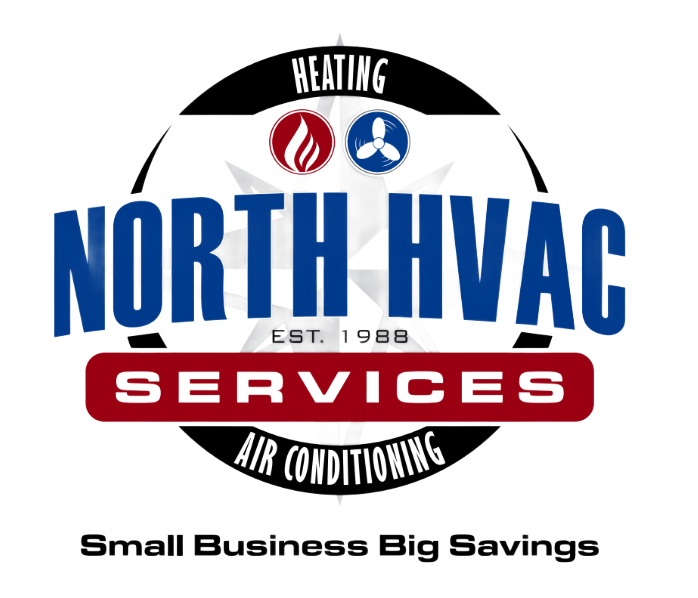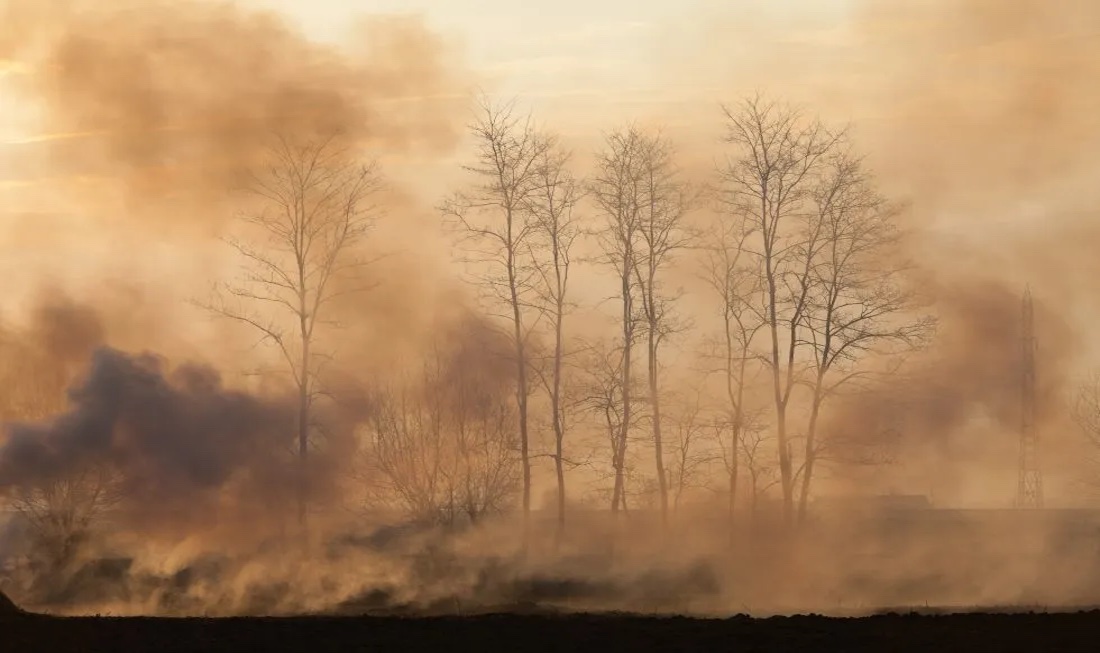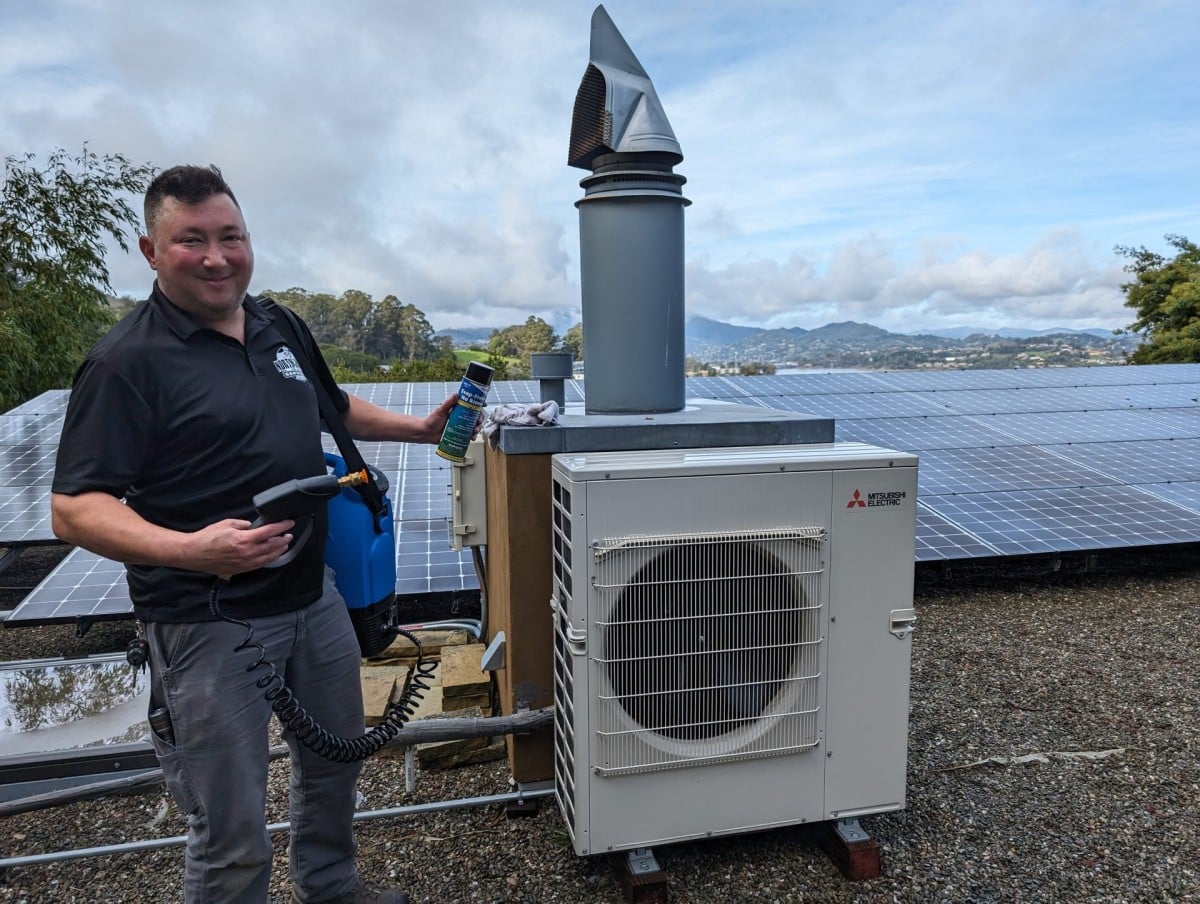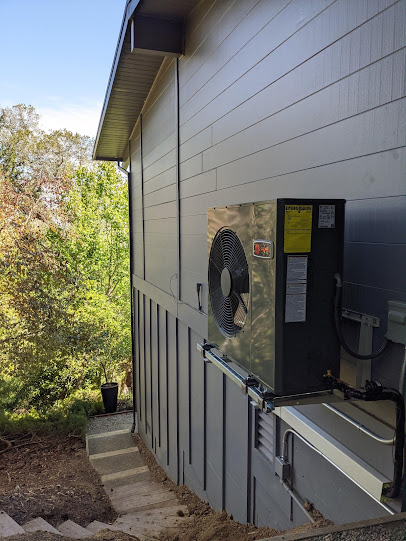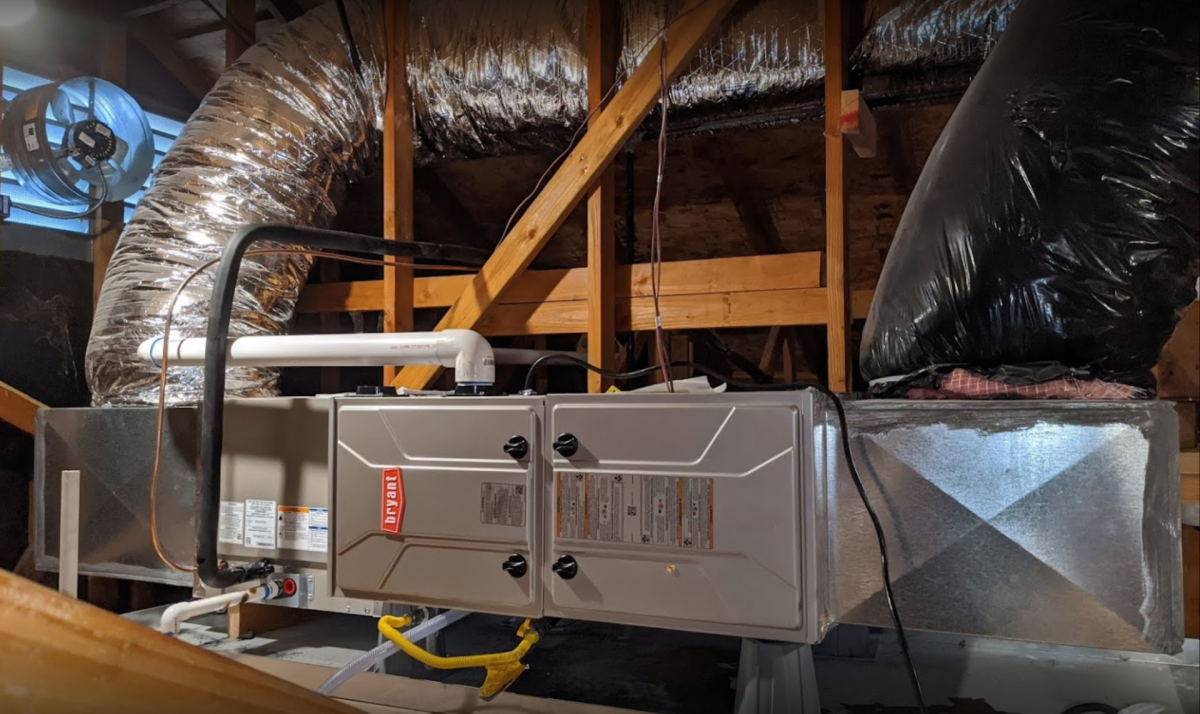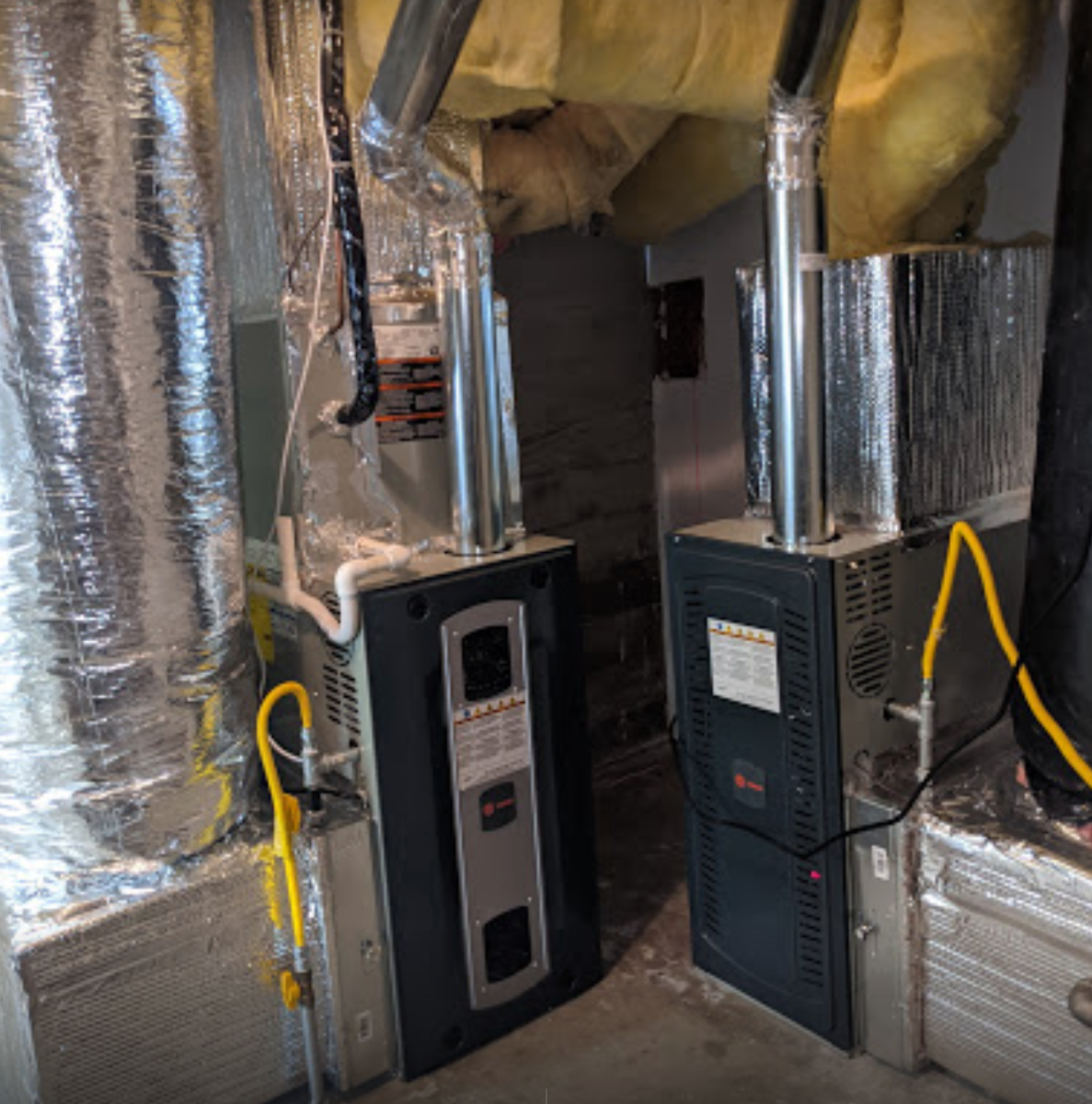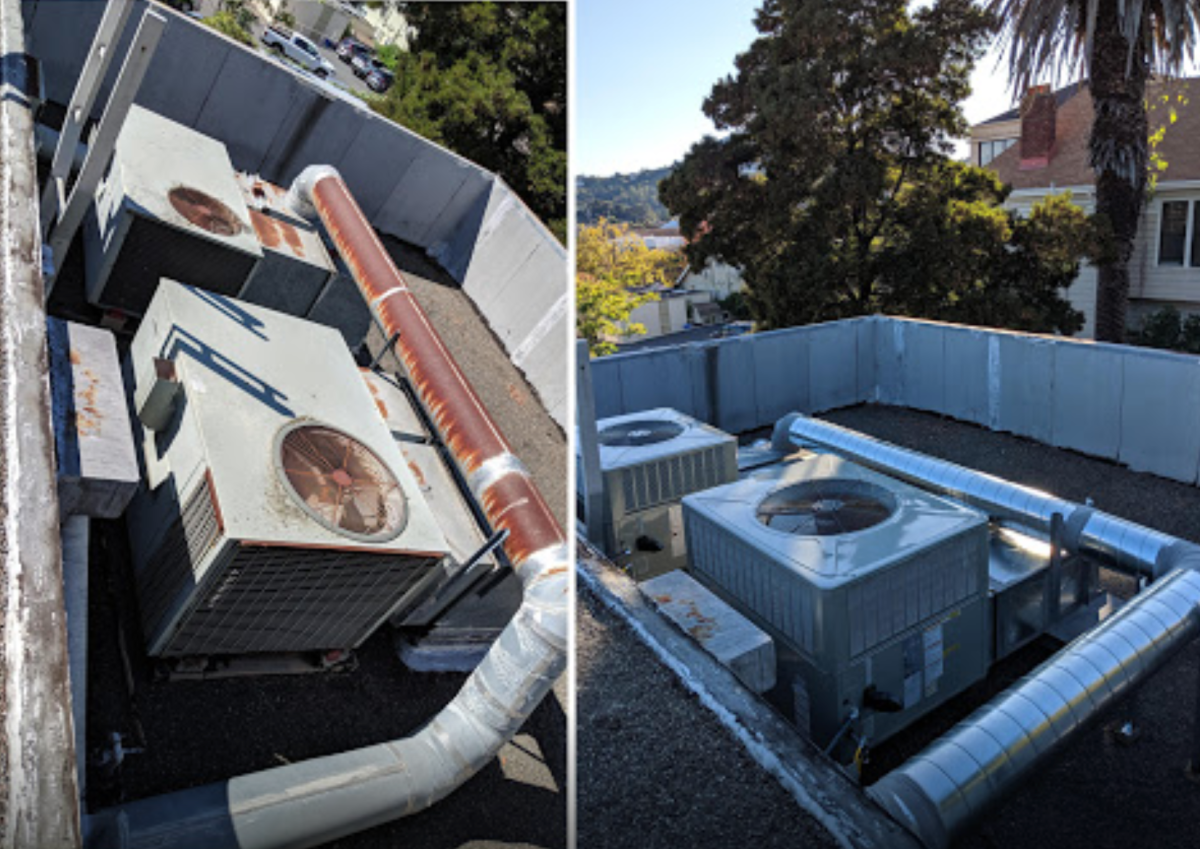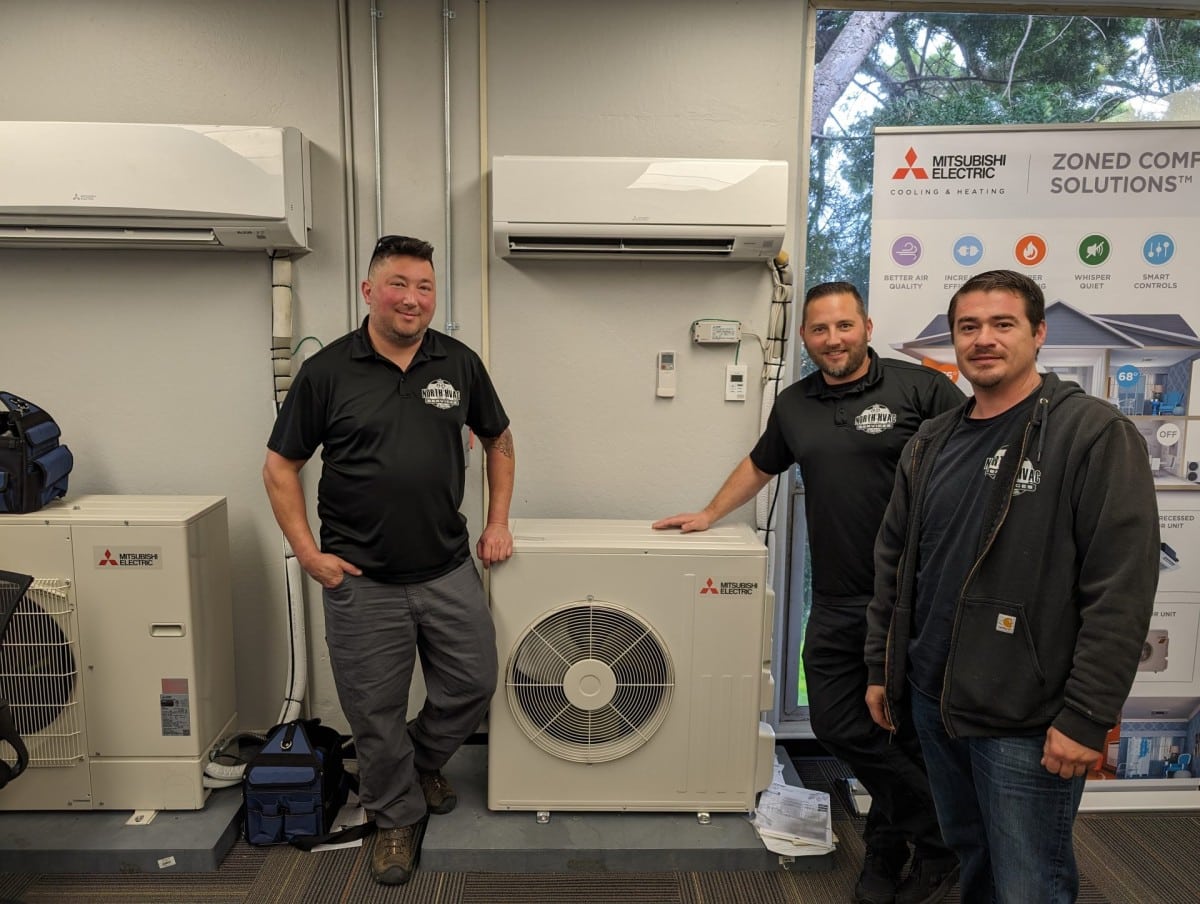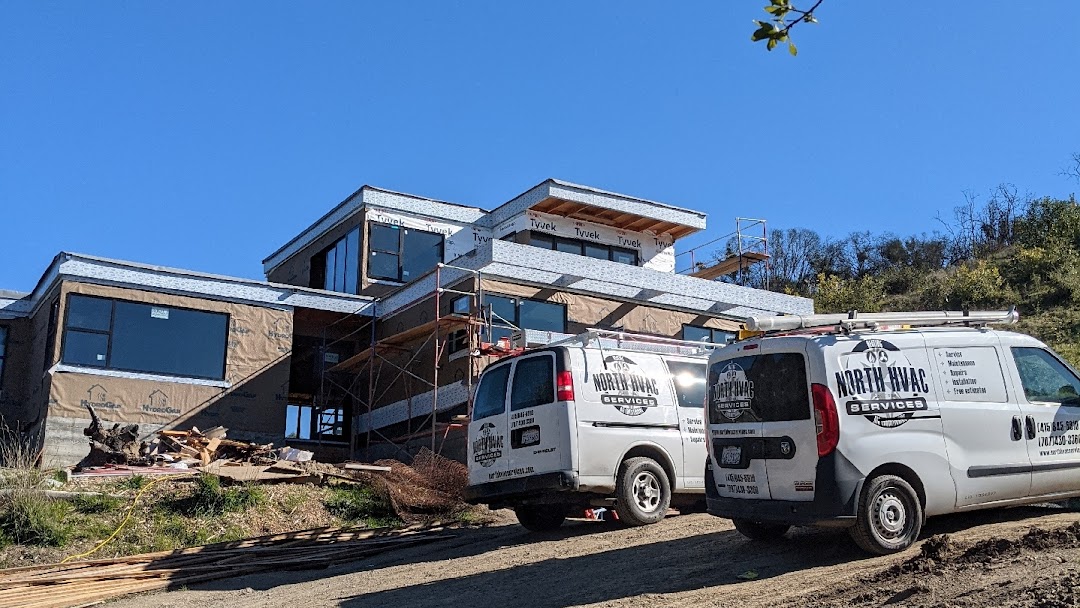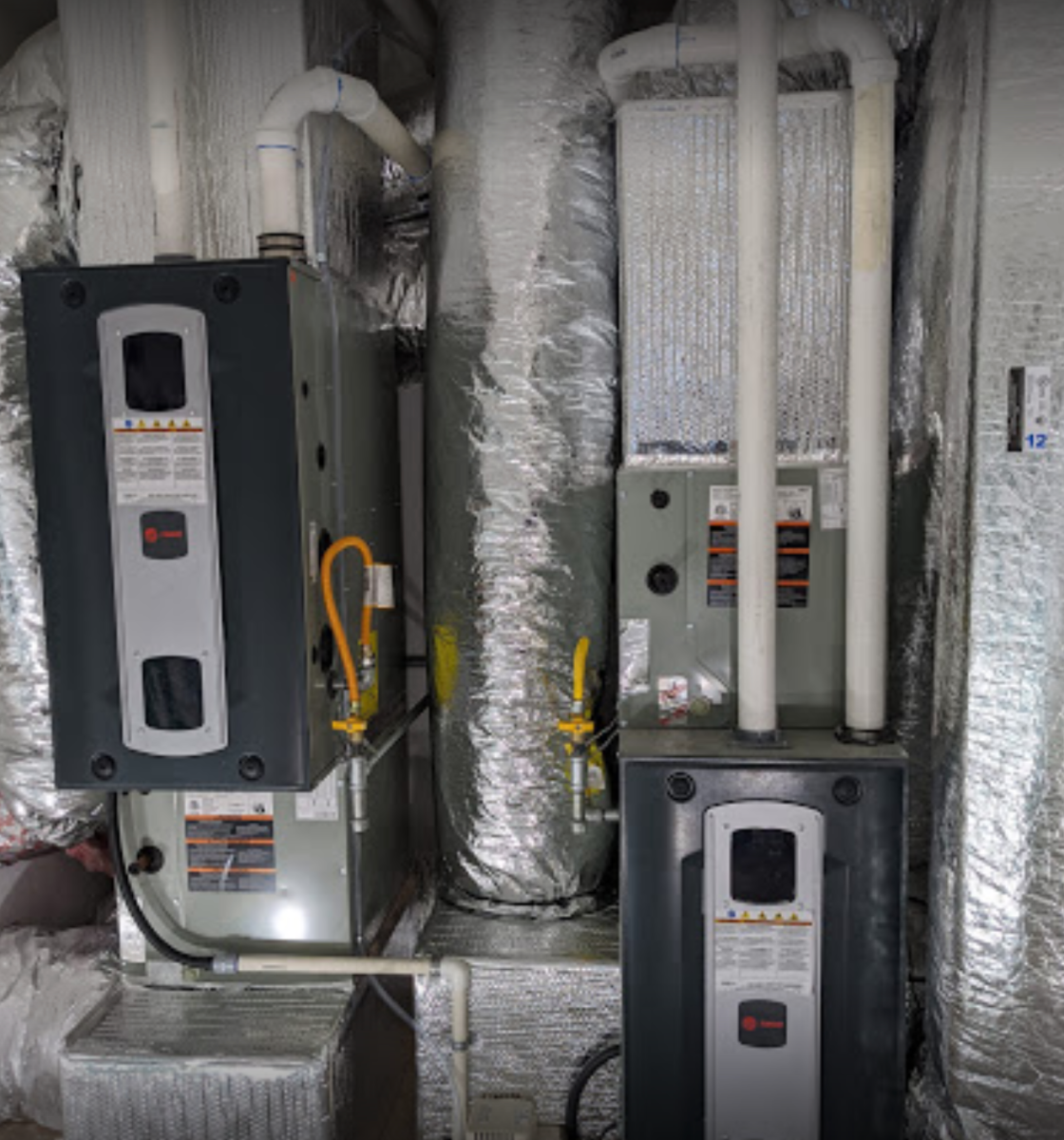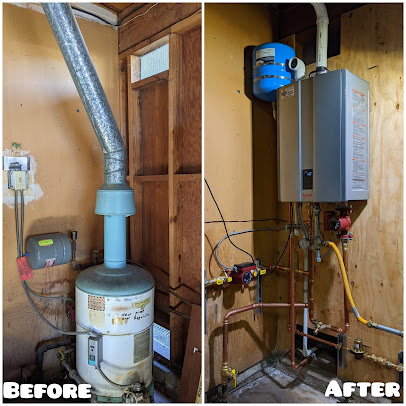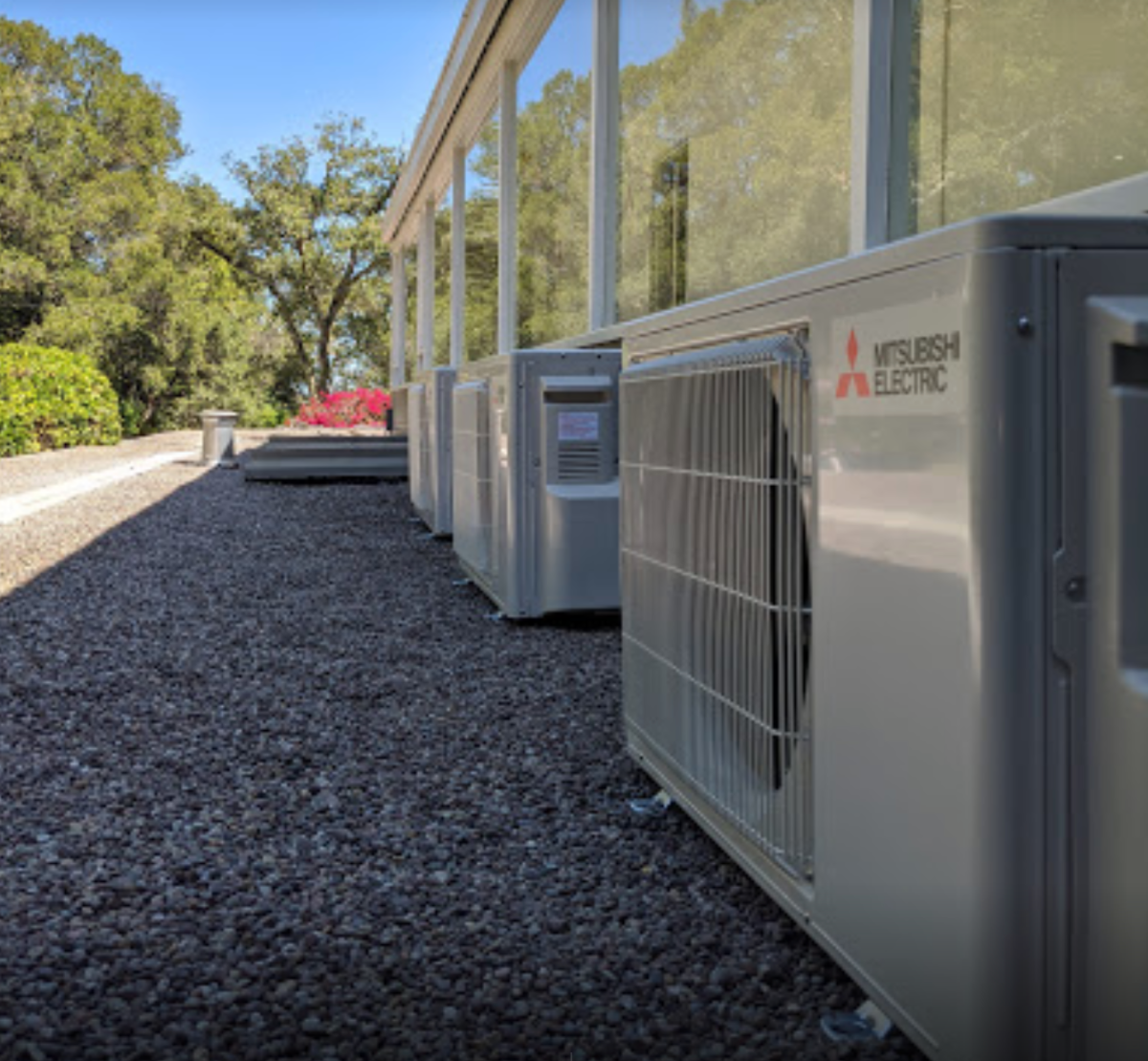Wildfire season in Northern California brings more than smoke—it brings stress, poor indoor air quality, and nonstop AQI alerts. Homeowners in Sonoma County, Marin, and Napa can’t afford to wait for the next red flag warning to start thinking about filtration, airflow, or indoor comfort. You need your HVAC system to work as a shield, not a liability. And that means preparing it to handle smoke before it arrives.
If you’re not sure whether your system is set up to filter out wildfire smoke, this guide will walk you through every critical step. And if you want expert help, North HVAC Services is standing by at (415) 845-6910 to get your system tuned, sealed, and protected.
Why wildfire smoke is dangerous—even indoors
Wildfire smoke contains PM2.5 particles, which are incredibly small—just 2.5 microns wide or less. These particles are small enough to pass through your lungs and into your bloodstream. That’s what makes them dangerous.
Even inside your home, PM2.5 can linger unless you have a filtration system designed to trap it. People with asthma, allergies, heart conditions, or compromised immune systems are especially sensitive, but smoke affects everyone. It can trigger headaches, dry eyes, coughing, sore throats, and fatigue.
When you spend most of your day indoors, your indoor air quality (IAQ) becomes more important than what’s outside. Your HVAC system should be your first line of defense.
1. Install a filter rated MERV 13 or higher
Standard HVAC filters (often MERV 8 or lower) aren’t designed to stop smoke particles. These filters catch dust and hair—not PM2.5. If you want real protection, your system needs to use a MERV 13 filter or better.
Here’s what to know:
-
MERV 13 captures smoke, bacteria, and fine allergens
-
MERV 14–16 offers even more protection but may reduce airflow
-
HEPA filters remove 99.97% of particles but often require system modifications
Not all systems are designed to handle the airflow resistance from high-efficiency filters. North HVAC Services can test your system’s static pressure and recommend upgrades if needed. Call (415) 845-6910 and ask about MERV 13 filter retrofits or deep media cabinets that improve air quality without stressing your blower motor.
Also, filters need to be replaced far more often during wildfire season. If you live in an area with persistent smoke, you may need to change your filter every 2–4 weeks.
2. Seal up your ductwork
Even if you install the perfect filter, leaky ductwork will pull smoky air from attics, crawlspaces, or garages. That smoke enters the system before it ever reaches the filter, and gets blown into every room of your home.
A full duct inspection can identify leaks, disconnected runs, and crushed sections that need sealing. Proper duct sealing also improves energy efficiency and comfort. Many older homes in Sonoma County have decades-old ducts that have never been professionally sealed.
North HVAC Services offers duct sealing and airflow optimization across the North Bay.
3. Switch your system to recirculate
Many HVAC systems bring in outside air to help with ventilation. But during wildfire smoke events, that’s exactly what you don’t want.
Make sure your system is set to Recirculate so it only uses and filters the air already inside your home. This avoids introducing smoky air into your ductwork.
If your thermostat doesn’t give you this option—or if you suspect your system is pulling in outdoor air by default—this is something North HVAC Services can inspect and correct.
When the air outside looks gray, your system should be filtering—not ventilating.
4. Set your fan to “On” during smoke events
Most thermostats are set to Auto by default. That means your fan only runs when heating or cooling is active.
During heavy smoke days, that’s not enough. Set your fan to “On” so it runs continuously and keeps cycling air through your filter.
This prevents particle buildup and allows for more complete filtration. It also keeps temperatures stable if you’ve sealed your home tightly to keep smoke out.
5. Add purification for extra protection
Filtration is the first layer. But for homes with sensitive occupants or persistent smoke exposure, air purification adds a second layer.
There are two main approaches:
-
Whole-home purification systems: Installed inside your HVAC system, filtering every room
-
Portable HEPA purifiers: Great for bedrooms or individual living areas
Whole-home systems can use HEPA-level filters, electrostatic plates, or UV sterilization to treat air. North HVAC Services can install a purifier that works in tandem with your existing furnace or air handler. Portable units, on the other hand, are ideal for renters or secondary coverage.
6. Create a clean air room
You don’t have to purify your entire home to stay safe. Creating one designated clean room can offer major relief during smoky days.
Tips for building a clean room:
-
Choose a room you can seal (like a bedroom)
-
Close doors, use door sweeps, and apply weatherstripping
-
Run a portable HEPA purifier continuously
-
Turn off any exhaust fans or ventilation
-
Use your central system on Recirculate mode to keep filtering the same air
This strategy works best when your HVAC system and portable purifier are working together. North HVAC Services can help you size a purifier for your space and configure your central system to support it.
7. Watch the AQI every day
Wildfire smoke conditions change fast. You need to be responsive.
Check local AQI levels every morning during smoke season using tools like AirNow or PurpleAir. If levels are above 100, that’s your cue to seal up the house, run the HVAC fan on “On,” and keep your purifier active.
At AQI levels over 150, plan to stay indoors and avoid cooking, vacuuming, or doing anything else that might stir up particles inside.
This is also a good time to check your filter. If it’s discolored or smells smoky, it’s time to swap it out.
8. Avoid common HVAC mistakes during smoke season
Even well-meaning habits can make your indoor air worse when smoke is in the air.
Avoid these mistakes:
-
Leaving windows cracked at night
-
Running kitchen or bathroom exhaust fans all day
-
Using candles, incense, or air fresheners
-
Letting filters go unchanged for months
If you’re unsure whether your current system is helping or hurting, call North HVAC Services at (415) 845-6910. We’ll evaluate your system and make sure everything is working in your favor.
9. Consider long-term upgrades for better air quality
If your current HVAC system can’t handle a MERV 13 filter, has poor airflow, or doesn’t let you control recirculation, you may need to upgrade.
Long-term upgrades worth considering:
-
ECM variable-speed blowers: Maintain airflow even with high-resistance filters
-
Deeper filter cabinets: Accommodate 4–5 inch media filters with less restriction
-
Smart thermostats: Automate Recirculate mode when AQI spikes
-
Whole-home purifiers: Protect every room, not just a single area
-
Energy audits: Identify leaks that let smoke in around doors, attics, and crawlspaces
North HVAC Services provides full-system upgrades, from blower retrofits to complete system replacements, built with wildfire resilience in mind. Wildfire season isn’t going away. But with the right equipment and preparation, you can keep your indoor air clean, safe, and breathable. Whether it’s sealing your ducts, upgrading your filter, or installing a whole-home purifier, the team at North HVAC Services is ready to help. Call (415) 845-6910 to schedule your system inspection before the next smoke wave arrives.
